Like most events in recent times, this year’s AWS re:Invent has taken on a virtual form. However, there is no shortage of good content being served up for three weeks.
AWS re:Invent 2020 – Week 2 Summary
Last week, we discussed the main announcements of the first week, as well as the keynote speech by President Andy Jassy. You can find them in Łukasz’s post LINK.
Second week aws re:Invent
In this article, I will discuss the main issues that the second week of AWS re:Invent brought us, we will review what novelties were presented to us during speeches regarding Machine Learning, Infrastructure, and we will review the announcements of the latest products and services.
AWS re:Invent 2020: Machine Learning Keynote
Swami Sivasubramanian, Vice President of Amazon Machine Learning, hosted the first-ever Machine Learning Keynote, which included the latest advances in machine learning, presentations of new technologies, and insights from customers.
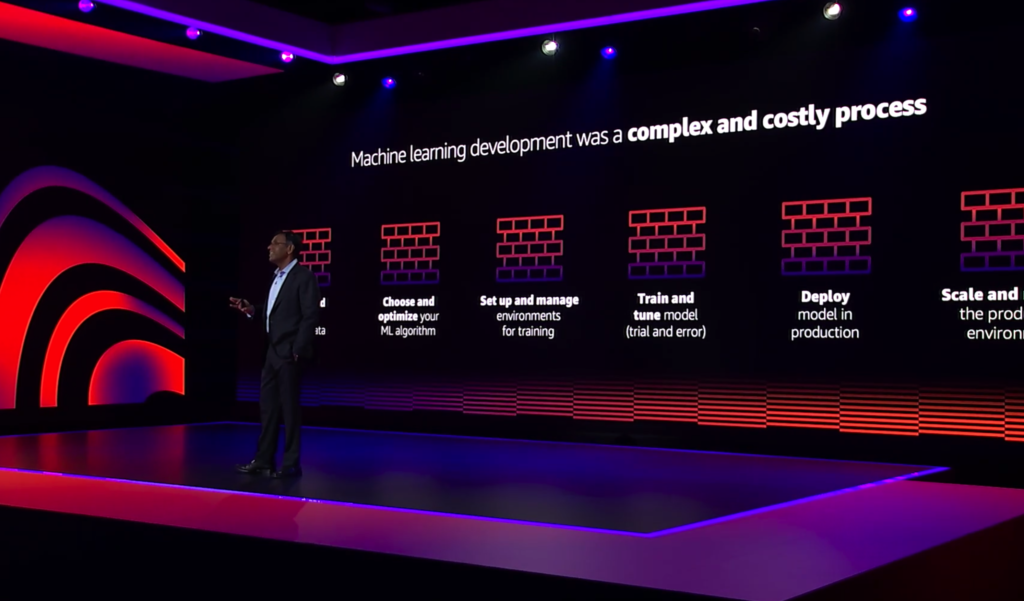
Machine learning is no longer a niche solution. Swami explained that more than 100,000 customers use AWS machine learning to accelerate and improve their products and services, including companies like Domino’s, Roche, BMW, and Nike. In his speech, Swami emphasized AWS’s commitment to providing machine learning services to allow “freedom to create” for customers and developers of all skill levels.
With this in mind, AWS released more than 250 new machine learning and AI features last year.
Like Andy Jassy’s keynote, Swami also provided a list of key principles or “assumptions” for success, but in the context of machine learning. Here are its five principles:
1. Provide a solid foundation
It’s important to start with a solid framework and healthy infrastructure to prepare teams to succeed in training, development, and manufacturing.
2. Create the shortest path to success
Historically, the development of machine learning has been a complex and costly process – and still is for the most part. If you still rely on manual tasks and do not use the right tools.
Swami discussed several AWS services, including AWS SageMaker and AWS Data Wrangler, designed to help customers accelerate their machine learning adoption so they can focus on solving real-world business problems rather than managing data and infrastructure.
3. Spread machine learning across your organization
In the third principle, Swami emphasized the advantages offered by the possibilities of extending machine learning and services to more people in the organization. Good ideas and solutions to problems can come from anywhere in the organization, so it’s important to ensure that everyone involved has access to machine learning to innovate and change. AWS services to help us support this principle: Amazon SageMaker Autopilot, Amazon Neptune and Amazon Aurora for machine learning.
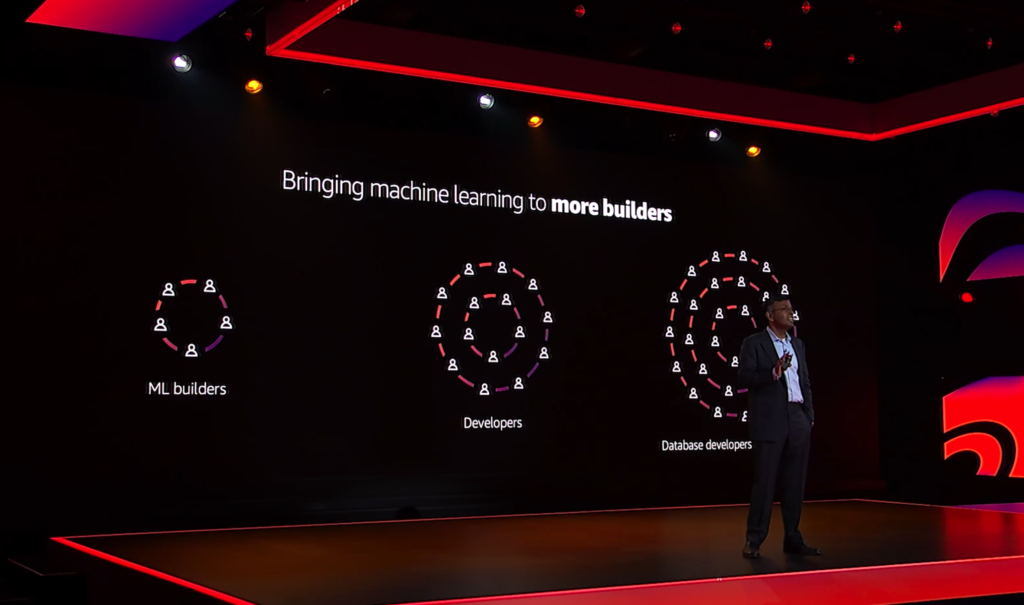
4. Solve real business problems, from start to finish
With any “wow” technology, such as machine learning, it’s easy to lose focus through what it can do and can build, and forget about solving real business problems. Swami takes us back to the heart of technology, which is to solve real problems comprehensively.
For example, AWS Monitron is a new service that uses machine learning to detect abnormal machine behaviour and enable predictive maintenance. Instead of manually monitoring the status of your hardware, you can use AWS Monitron to automate this process.
5. Learn constantly
Swami’s ultimate premise is continuous learning, which fits well with the whole theme of AWS re: Invent – as individuals and companies, we must constantly observe, learn and rediscover in order to be successful. AWS recognizes continuous listening and learning as key to being a leader in the cloud industry and a leader in disruptive technologies. So, let’s keep learning and see what else re: Invent had to offer this week!
AWS re:Invent 2020: Infrastructure Keynote
Peter DeSantis, Vice President of Global Infrastructure and Customer Service, took part in this week’s infrastructure presentation, focusing on efforts to improve resilience, accessibility and sustainability for his customers.
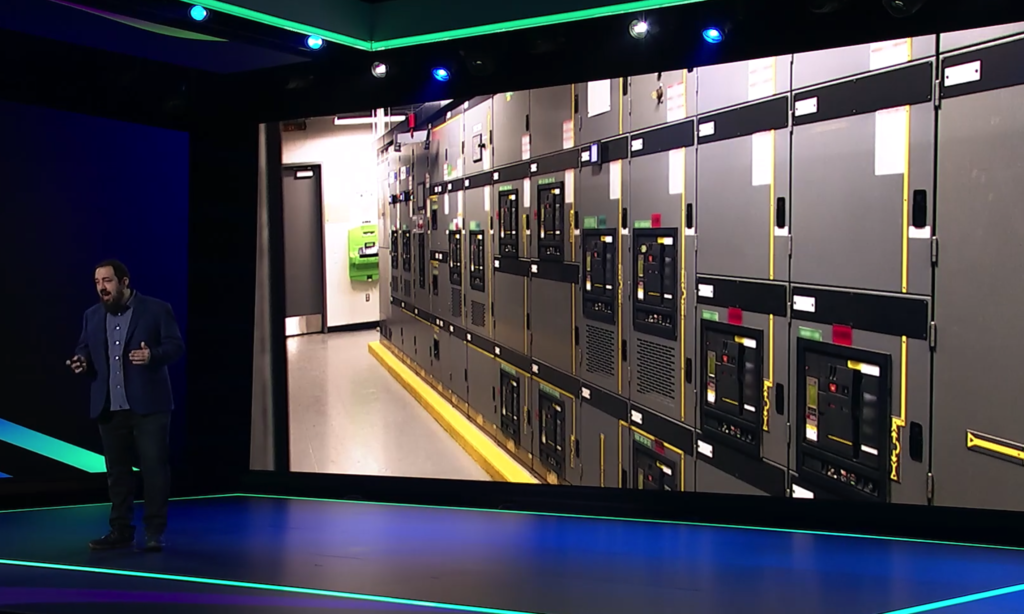
A key theme of this presentation and AWS’s overall infrastructure strategy is a quote from Werner Vogels, Amazon’s vice president and CTO: “Everything fails.” Everything can and will fail, so it’s critical to anticipate failures and create products and services designed to protect your customers.
AWS is taking further action in various areas, such as replacing the central uninterruptible power supply (UPS) with a “micro-UPS”, increasing the number of regions and availability zones, and optimizing the performance of chips and processors.
New infrastructure design
DeSantis explained that if you want to get extra redundancy from one UPS, adding another UPS to your infrastructure won’t solve all the problems, and it can actually cause more risk.
To address this, AWS is implementing a new infrastructure project that replaces single, large UPSs, custom power supplies, and small batteries that are integrated into each server rack in the data centre. These micro-UPSs are designed to reduce maintenance complexity and improve availability.
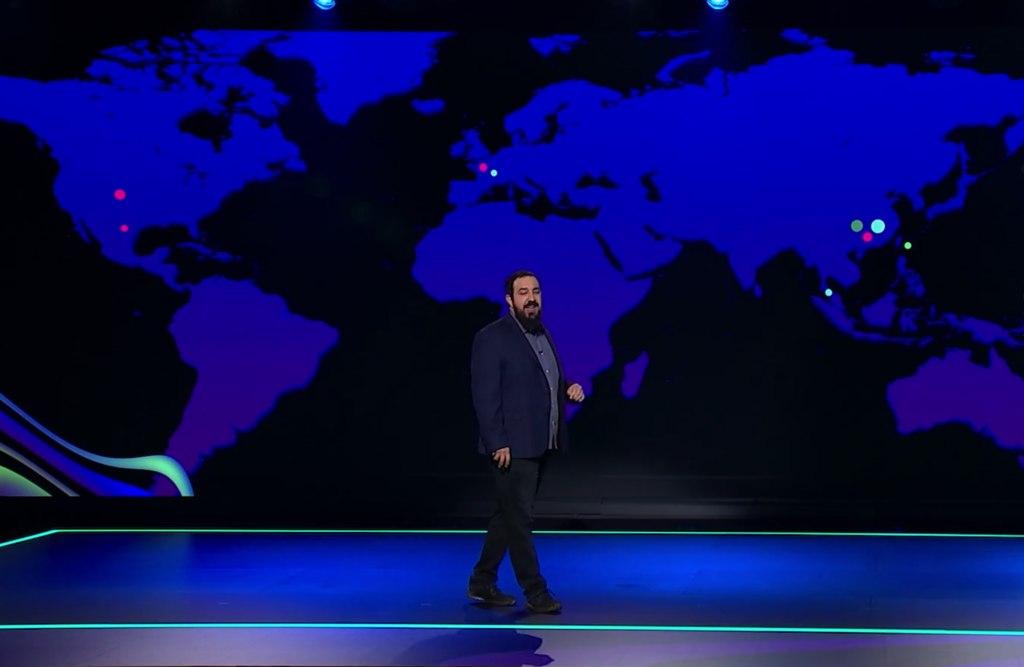
Regions and availability zones
However, no data centre, regardless of its architecture, is fault proof. To improve availability and reduce latency for its customers, AWS is increasing the number of regions and availability zones around the world.
If you haven’t seen it yet, I encourage you to familiarize yourself with the interactive map of AWS infrastructure.
Compute
Amazon has long built custom equipment and is constantly expanding its offerings to increase efficiency, reduce customer costs, and increase security. DeSantis focused on three main solutions during his speech:
AWS Nitro System: is a combination of dedicated hardware and lightweight hypervisors that enable faster innovation and increased security. The latest generation of instances built on AWS Nitro are C6gn EC2 instances, which were announced last week during Andy Jassy’s speech.
AWS Inferentia: Is Amazon’s first custom silicon chip designed to accelerate Deep Learning computing. Inferentia offers up to 45% lower cost of inference compared to GPUs.
AWS Graviton2: AWS Graviton2 processors are highly energy efficient and suitable for a variety of applications including servers, microservices, design automation, open-source databases, and cache.
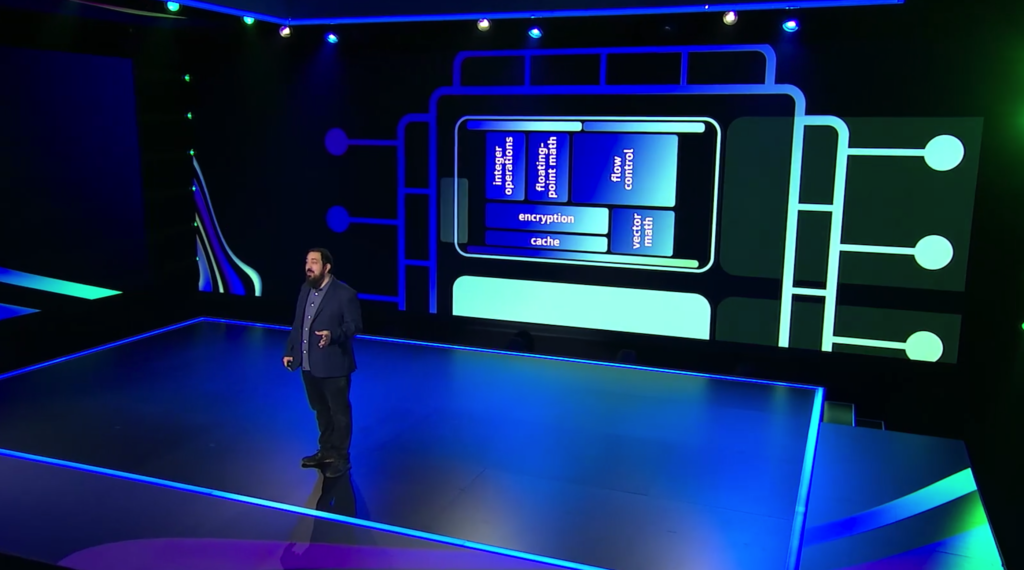
Sustainable development
Amazon has joined 30 other organizations around the world aiming to achieve zero carbon emissions by 2040. DeSantis says AWS is focused on “improving performance in every aspect of our infrastructure.”
“From the highly available infrastructure that powers our servers, to the techniques we use to cool our data centres, to the innovative server designs we use to support our customers’ computing, energy efficiency is a key part of our global infrastructure,” he added.
The new infrastructure project saw a 35% improvement in energy conversion by replacing the central UPS in its infrastructure with custom power supplies.
Renewable energy: Amazon has increased the number of megawatts produced from renewable energy by 300% in 2020, to a total of 6500 megawatts, coming from 35 wind and solar farms around the world.
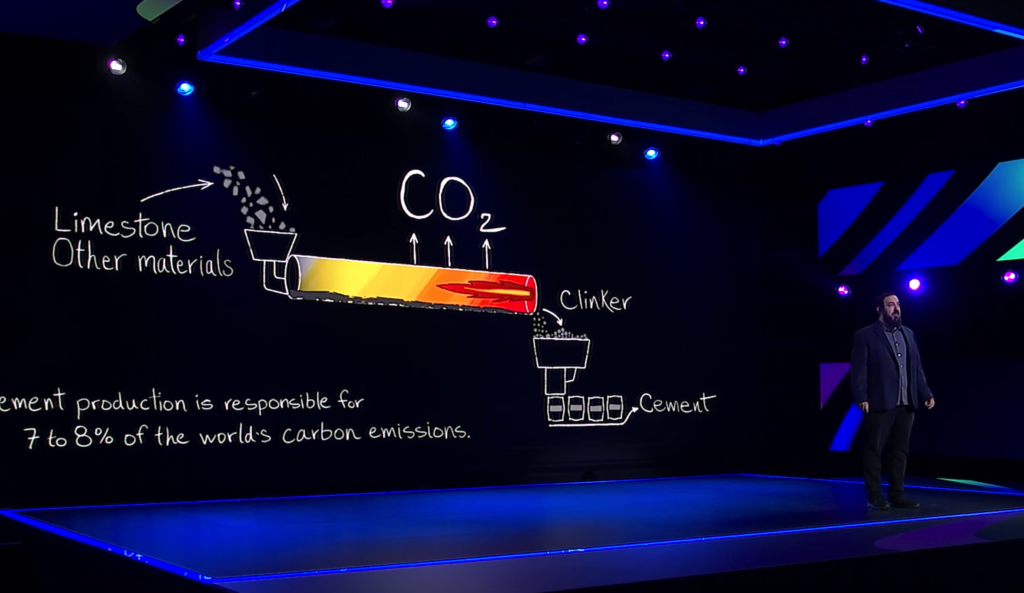
AWS re:Invent 2020: Key announcements
Here are the most important announcements we picked up during the second week of AWS re:Invent 2020:
Amazon Redshift
- Amazon Redshift RA3.xlplus
- Amazon Redshift data sharing
- Amazon Redshift cluster relocation
- Automatic Table Optimization
- Amazon Redshift federated query
- Amazon Redshift ML
- Native console integration
- Semistructured data support
Amazon SageMaker
- Amazon SageMaker Pipelines
- Amazon SageMaker Data Wrangler
- Amazon SageMaker Clarify
- Amazon SageMaker JumpStart
- Amazon SageMaker Feature Store
- Amazon SageMaker Debugger
- Amazon SageMaker Data Parallelism
AWS Audit Manager
This is a new service that helps you audit your AWS environment to simplify risk assessment and compliance with regulations and industry standards. You can learn more about AWS Audit Manager here.
Amazon Lookout
I hope that my summary of the second week of AWS re:Invent turned out to be helpful, there is nothing left for me but a word of conclusion to wish everyone an interesting last virtual week of AWS re: Invent and recommend watching our blog in search of the next summary.
Stay tuned!